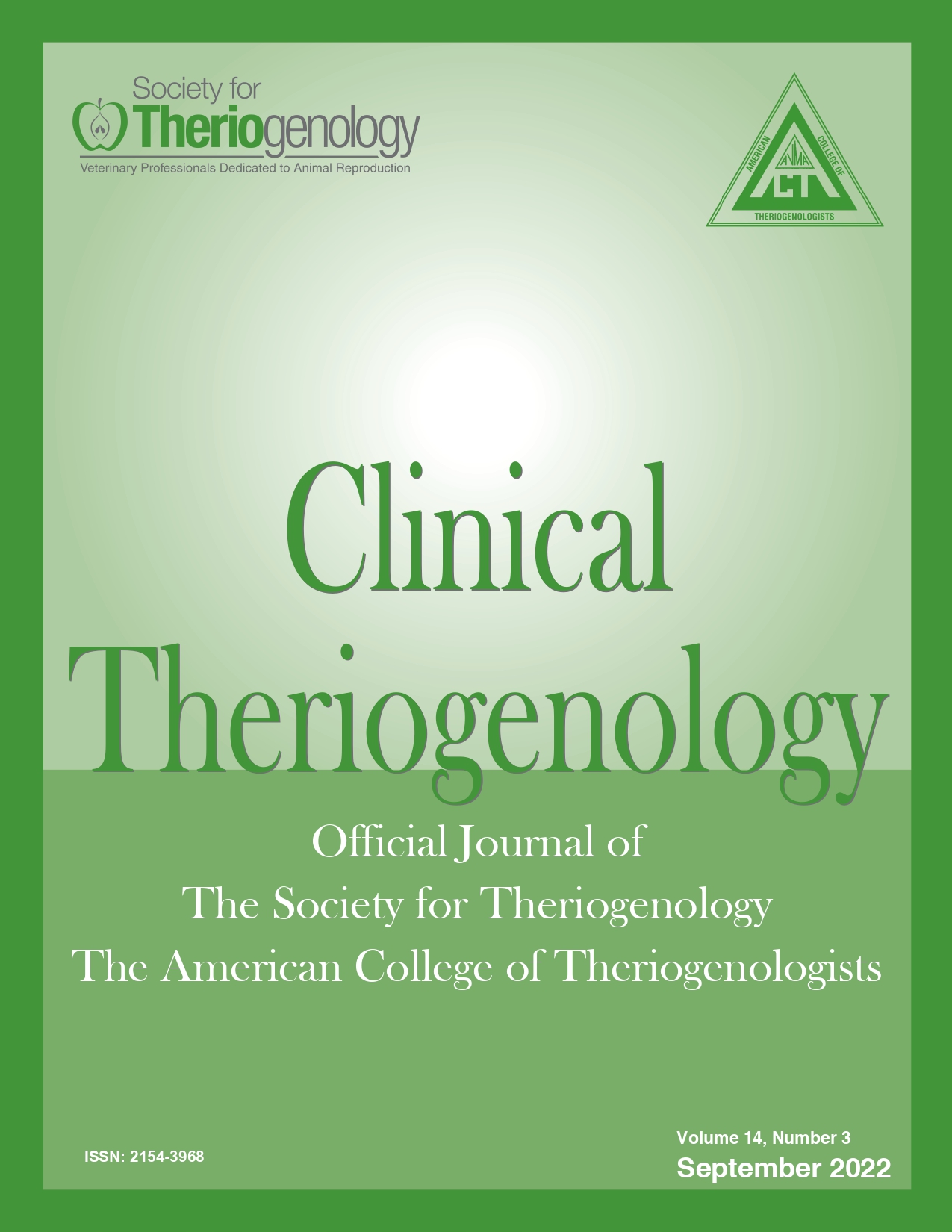Improving reproductive management in cow herds
Abstract
Heifers should calve by 24 months of age to achieve maximum life-time productivity,1 and heifers that lose a pregnancy or conceive late in the breeding season are unlikely to have adequate time to rebreed during a defined breeding season. However, heifers that conceive and calve early have more time to resume normal estrous cycles by the start of the subsequent breeding season. Therefore, early calving heifers are more likely to breed back as 2-years and continue to calve early in the calving season. This is economically important since heifers that calved during the first 21 days of the calving season had increased longevity in the herd compared to heifers that calved in the second 21-day period or later.2 Furthermore, analysis of 3,700 calves at the USDA-Meat Animal Research Center indicated that for each day after the beginning of the breeding season that a calf is born, 2.4 pounds of weaning weight is lost (personal communication, R. Cushman).
Downloads

This work is licensed under a Creative Commons Attribution-NonCommercial 4.0 International License.
Authors retain copyright of their work, with first publication rights granted to Clinical Theriogenology. Read more about copyright and licensing here.







